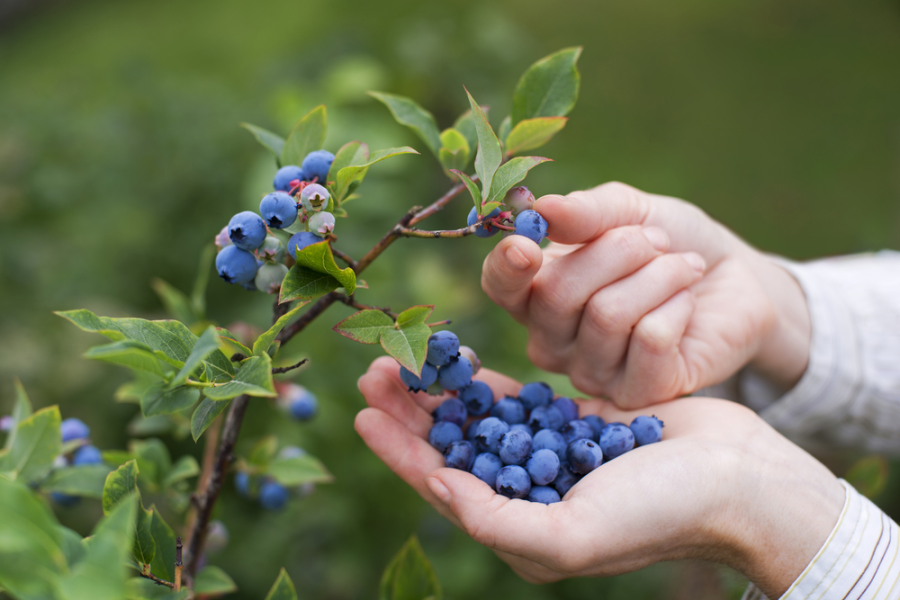The South African berry industry, while still a minor industry both within the local fruit sector and the global one, has grown so vigorously over the past few years that it has even taken industry experts by surprise. Blueberry exports are expected to double this year, to almost 4,500t, and the surface area under blueberries is set to do the same over the next five years.

Last year’s total blueberry production of over 3,000t will this year reach 5,869t, based on a survey of SABPA members, with 94% participation among blueberry growers.
FreshPlaza spoke to the chairperson of the South African Berry Producers’ Association (SABPA), Tiaan Steyl. The association has had its hands full as the infant industry is rapidly growing. “We were surprised by the speed of development within the industry,” Steyl says. “The industry doubled over the past two years and this has placed a substantial administrative burden on the association. The reason for the rapid expansion of the South African blueberry industry is that it can place early volumes on the overseas market, starting from July through to September.”
He continues: “One of our successes over this period has been in the registration of plant protection products.” This was one of the factors that held back the infant industry: a range of products required by the berry industry that hadn’t yet been approved for use in South Africa, is now at the disposal of the industry.
Another priority is finalising phytosanitary packages for a hoped-for entrance to Far Eastern markets. Last year’s market distribution (58% to the UK, 32% to the EU, 6% to Africa) will remain mostly unchanged this year.
Because the South African berry industry is still such a tiny industry, it has to stand in line behind other, more established fruit sectors, awaiting their turn as the focus of trade discussions, to enter into desirable Far Eastern markets.
Tiaan Steyl, who is an independent berry grower and doesn’t market his fruit through one of the major grower groups, believes that, as the industry matures, more growers will go it alone. “I think the future will look a bit different. Where now the large players get their berries from about 90% of the growers, in five years’ time it should be 70% or 80%.” He emphasises that belonging to a grower group is the best way for novice berry growers, but that as more unlicensed genetic material becomes available, the ranks of independent growers will swell.
Most new blueberry expansion takes place in the north of the country, which is expected to shift the balance of production northwards, where currently the majority of berries – blueberries, blackberries and raspberries – are grown in the Western and Southern Cape.
SABPA, which is a member of the International Blueberry Organisation, represents not only blueberry growers, but also those of raspberries and blackberries; the latter two may lose market share to a fruit crop with much better shelf life and excellent export potential.


